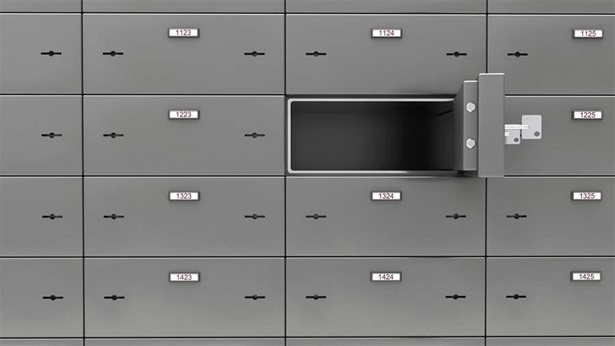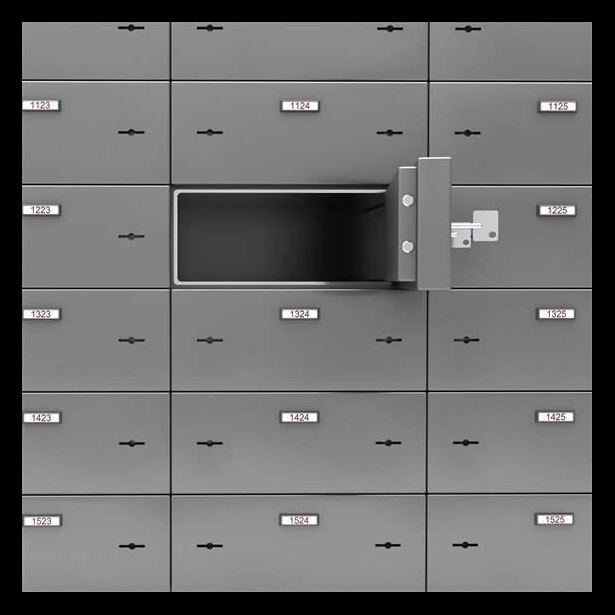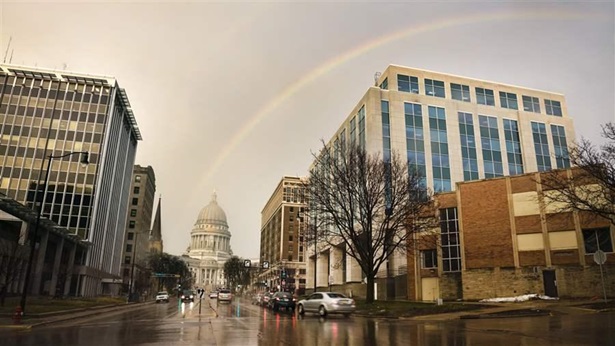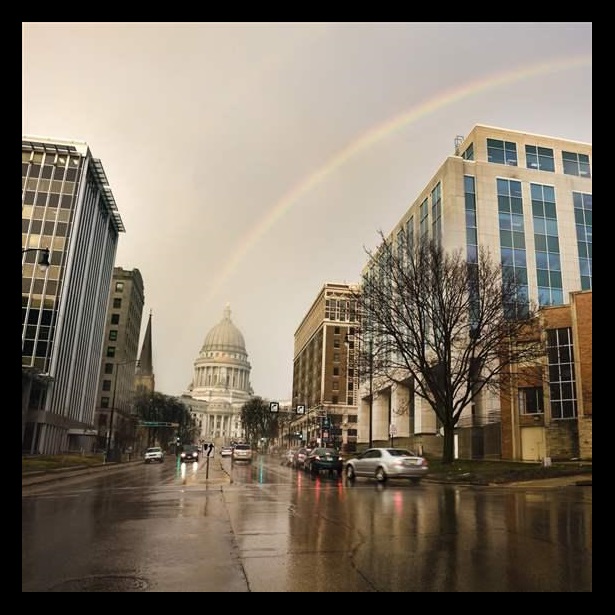North Carolina Enacts Comprehensive Savings Reform
Most states struggle with decisions on when to save, when to use those savings, and how much to save in order to have a cushion against the impact of a revenue downturn. That’s because while 47 states have rainy day funds—reserve accounts to stabilize their budgets during difficult times—many lack policies that encourage savings when revenue growth is high and establish clear conditions for when reserves can be used.
With the bipartisan enactment of H.B. 7 this month, North Carolina addressed those issues, becoming a national leader at managing revenue volatility. It reformed its Savings Reserve Account (SRA)—the state’s rainy day fund—in three key ways. The measure:
1. Created a savings deposit rule tied directly to revenue growth.
Lawmakers will now allocate 15 percent of projected revenue growth to the SRA at the beginning of the fiscal year, making savings a priority. This approach will generate the largest deposits when revenue growth is the strongest, allowing the state to save in good times while preventing it from using unsustainable revenue booms to fund recurring costs. North Carolina is now one of 16 states that tie deposits directly to revenue or economic fluctuations, a best practice identified in The Pew Charitable Trusts’ research.
2. Defined clear and objective conditions for fund use.
The bill also improved the SRA’s withdrawal provisions. North Carolina was one of only six states that lacked clear conditions for the fund’s use. In other words, it did not define a “rainy day.” H.B. 7 changes that, giving explicit and objective conditions for withdrawals. This helps ensure that lawmakers can access reserves in times of fiscal distress but prevents use of the funds at other times.
3. Established an evidence-based fund savings target.
Most states set an arbitrary cap for their rainy day funds. North Carolina is now one of only three states that base that limit on the state’s historical revenue changes. More states should adopt this practice. Saving too little can leave a state without enough of a cushion during a downturn, while saving too much leaves fewer resources available for other priorities.
The bipartisan measure was the result of a rigorous study by the Committee on Savings Reserve Account, an interim committee chaired by Representative Nelson Dollar (R) and Senator Brent Jackson (R) that Pew advised. North Carolina’s savings reform is an example for other states struggling to balance building reserves and other budget priorities.
Robert Zahradnik is a director and Steve Bailey is a senior associate with The Pew Charitable Trusts’ states’ fiscal health team.


America’s Overdose Crisis
Sign up for our five-email course explaining the overdose crisis in America, the state of treatment access, and ways to improve care
Sign up

When to Use State Rainy Day Funds
Withdrawal policies to mitigate volatility and promote structurally balanced budgets













